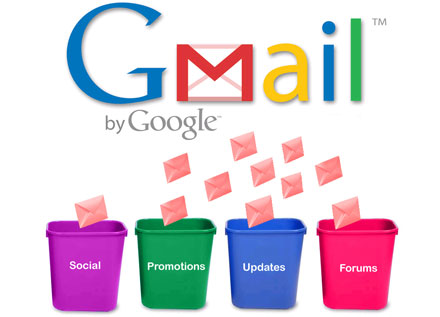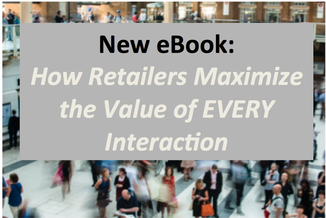
Oh Google, you did it again. You changed with the times. And this time, you sent a bunch of email marketers scrambling to figure out what to do before those precious margins slipped away. I'm speaking of course about the new changes to Gmail, including the much-discussed email service's new promotions tab.
The move has caused a bit of an uproar among marketers who can't help but bash Google for making their lives more difficult and for cutting out commerce—the same sad song that surfaces every time a new change to Gmail's search algorithm sends SEO and other experts into a tizzy about how “unfair” it all is.
Now that email marketers have had their chance to stand up and declare that their channel is under attack (!!) it's probably time to take a holistic look at what the de facto digital trendsetter is actually doing with consumers and the digital ecosystem.
First, let's at least give Google some credit for putting the consumer first. Google is using innovation to deal with an age old problem (spam) that's been out of control since the inception of email marketing. It's prioritizing the consumer experience, and in the end ensuring consumer retention. Respect is built with the consumer because a more relevant experience is being offered. Sound familiar?
-
Let's face it: Email is being abused. After all, the advertising community also deserves some blame here. Marketers have been blasting out cheap emails, instead of taking the time to deliver timely, targeted messages—which is what created the issue in the first place.
-
Don't do it! Google put this system in place to help manage spam. Your domain may put you in the promotions tab no matter what, but now—more than ever—brands will need the right time and message to stand out from other promotions.
-
There is data you can use. Consumers are telling you what they want and when they want it—but are you listening? This is where it's critical to optimize your multichannel data and apply it to a content offer optimization strategy. At a minimum, looking at clickthroughs by persona and adjusting accordingly is a first step.
-
It's imperative that brands speak more mobile and tweak more for mobile. While the desktop and iPhone versions of Gmail support tabs that categorize your mail for you, not every mobile version has the feature. So stop panicking. But pay attention—optimizing for mobile is increasingly vital. Mobile is where the majority of consumers will be anyway. And don't forget that “pop/imap” services on devices are widely used and, for the most part, make for a better experience than the Web version.
-
Finally, let's give Google some credit. Its customers use a set of tools that are thought to be completely free without any strings attached. Its customers don't care to notice when using Google maps that the businesses in bold are the paying customers and the closest actual pizza joint isn't surfaced. Google gave us some options and got us there. Likewise, for the most part, consumers don't care (to notice) that their emails are being semantically mined for contextual information that will later be used to more precisely and effectively market to them. You can speculate about what this means for marketers, but one thing most people will agree on is this: The consumer/product relationship is one where relevance is at the center and the consumer is hooked.


